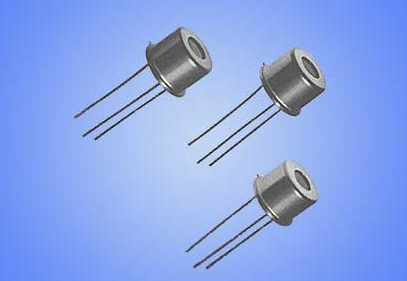thermopile
Thermopile, which translates as thermal pile or thermopile, is a temperature sensor based on the principle of thermoelectrics. Such a thermopile consists of several thermocouples connected in series, each of which generates voltage when the temperature changes. The individual thermocouples consist of a contact point between two different metals in contact.
Such an arrangement produces a contact voltage proportional to the temperature change when the temperature changes. Corresponding thermoelectric effects are the Seebeck effect and the Peltier effect. The series connection of several thermocouples - which may well be a hundred or more - has a higher sensitivity compared to a single element, and also produces much higher voltages.
Thermopiles are flat chips with an edge length of a few millimeters. They consist of a silicon membrane on which thermocouples are mounted as contact points between two different materials. They detect thermal radiation of all wavelengths, with relatively constant sensitivity, from UV light to infrared light. If certain wavelength ranges are of particular interest, they are filtered out by optical filters. This is the case, for example, in motion detectors.
Thermopiles are used for detection and measurement of thermal radiation. For example, in non-contact temperature measurement in production, measurement of body temperatures, temperature control of electronic devices, circuit boards and racks, and in thermal motion detectors.


